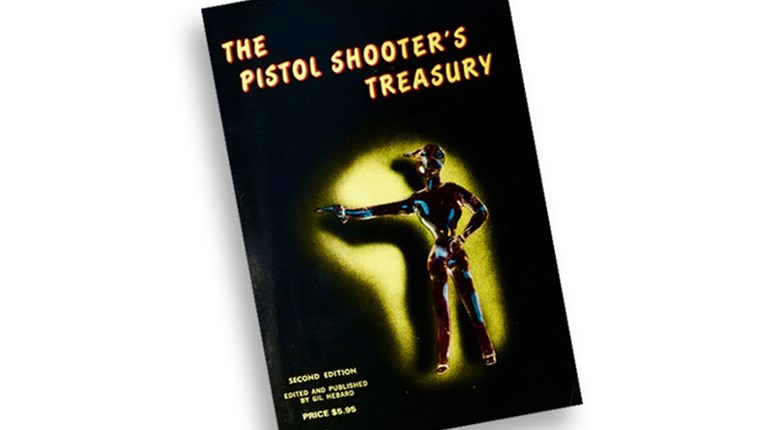“Oh poor thing! Look how skinny. I can see its ribs! Poor little puppy. It’s starving to death.”
How many times each year is something like that said in America? The folks saying it mean well, but they don’t do well. Most likely they’ll take that puppy home and feed it ... and feed it and feed it until it becomes a poster child for our nation’s idea of a cute, cuddly, adorable fat puppy. Later in life it will die on average two years sooner than dogs that were skinny puppies, according to veterinarian, research scientist and orthopedic surgeon James L. Cook of the University of Missouri.
“Puppies should be on the skinny side,” he explained during a recent Purina sporting dog summit near St. Louis. Showing his audience a slide of a cherubic, overstuffed Labrador puppy, Cook stated the obvious: “This is the average American’s idea of a healthy puppy. It’s not. Overfeeding leads to all kinds of orthopedic disorders and injuries.”
So how do you know the difference between too fat and too skinny? “Feed to the Purina Body Conditioning Chart numbers 4 and 5,” was Cook’s quick and simple answer. If you haven’t seen this chart hanging on a veterinarian’s wall, Google it. Descriptions and diagrams explain things plain and simple. For instance, No. 4 states: “Ribs easily palpable, with minimal fat covering. Waist easily noted, viewed from above. Abdominal tuck evident.” Illustrations accompanying the chart show overhead and side views of a dog with these characteristics. Match them in your pup.
As for the food itself, any of the higher-grade puppy foods will suffice. “And don’t waste your money on supplements,” Cook added. “No extra calcium, vitamin C or glucosamine are needed. If you insist on supplementing vitamin C and want to reduce cost, capture your dog’s urine, dry it and take it yourself because all that vitamin C will be in it.”
Chondroitin and glucosamine, according to Cook and other vets at the seminar, have been shown to slow or halt joint degeneration in older dogs, but never prevent or reverse it.Puppies should be started on solid food gradually while still nursing from the dam, sometime between 4 and 6 weeks. Arleigh Reynolds, Alaska veterinarian and sled dog racer, recommended placing a slurry of dry puppy kibble in a shallow pan and plopping the puppy in it. As it licks its paws to clean them, it discovers something tasty, and the transition begins. By 8 weeks, pups are ready for a steady diet of solid food.
Reynolds has a nifty system for determining quantity at each feeding. “Put the food down and quietly let the pup chow down. As soon as he stops, looks away or shows disinterest, remove any remaining food. This not only prevents overfeeding, but trains the pup to eat when it’s feeding time. This can prevent fussy eaters and save you a bit of time down the road.”
Many vets recommend feeding puppies four times a day, especially toy breeds. Reynolds suggested twice a day for most hunting breeds, which is probably smart if you’re trying to prevent overeating and excess weight. When an average-sized dog (again, most hunting breeds) is 6 to 8 months old, Reynolds begins a once-per-day feeding schedule and sticks to it. Based on the success of his racing dogs, this works. His teams have won International Sled Dog Racing Association medals seven times, including two golds, and he’s the reigning International Federation of Sled Dog Sports World Champion.
DMV Jennell Appel, a specialist in soft-tissue injuries and sporting dog rehabilitation, recommended hunters properly stretch, train and exercise their four-legged athletes, starting when they are pups. “Start by carefully and regularly observing your dogs as they grow,” she said at the seminar. “That will make it easier to notice slight changes in their gait that can signal injuries.” Appel noted that sporting dogs with a strong desire to hunt are masters at masking injuries, even severe ones. You want to catch them before they get worse. The other thing she recommended was a regular “laying on of hands.” Feel your pup regularly. Run your hands down its limbs, between its toes. Stretch out each leg. Get pup used to being handled while you simultaneously learn what sound limbs and muscles feel like. Yes, massage not only appeals to dogs, but can help them through muscle strains.
With a dog that tolerates hands-on massage, you are set to train for core strength, which, like not overfeeding, can prevent a lot of muscle and joint injuries. (Also remember: Don’t keep your dog on a concrete floor or kennel run. Over a lifetime, that’s hard on joints.) These things will put any puppy on a path to a long, successful and injury-free career in the field.




































